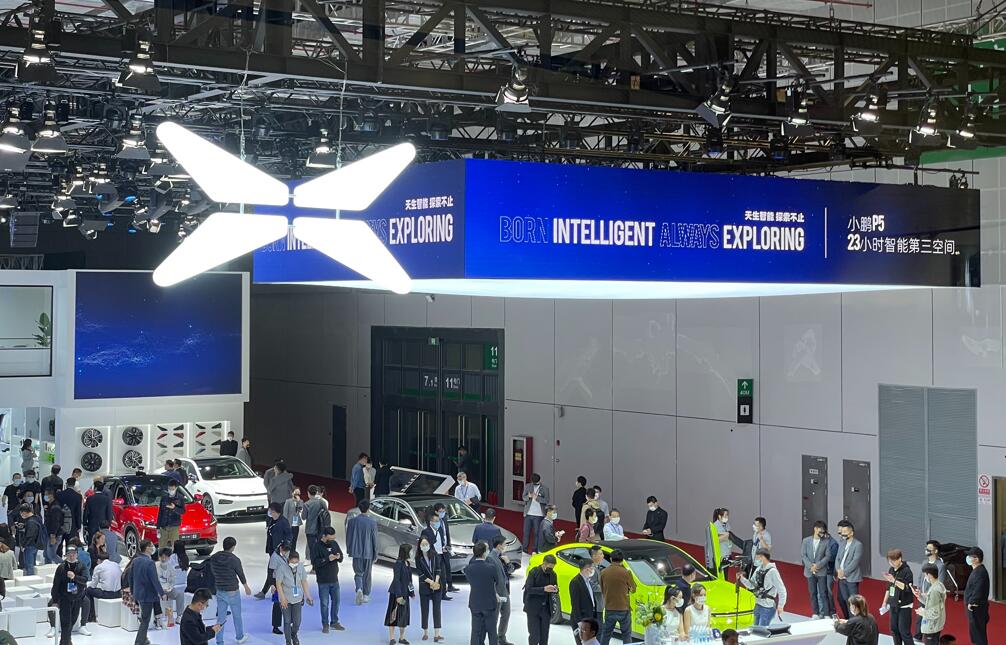Xpeng P7 delivered 6,044 units in October, the fourth consecutive month of over 6,000 units. A total of 437 units of the P5 sedan were delivered in October.

(Graphic by CnEVPost)
After September, Xpeng Motors saw deliveries exceed 10k for the second month in a row.
The EV maker saw deliveries of 10,138 units in October, up 233 percent year-on-year and down a modest 2.6 percent from 10,412 units in September, figures released by the company today showed.
The Xpeng P7 delivered 6,044 units in October, up 187 percent year-on-year. That was down from 7,512 units in September, though it was the fourth consecutive month that deliveries of the model exceeded 6,000 units.
The G3 series delivered 3,657 units in October, the best result for the model since its introduction in 2018. The G3's mid-life model, the G3i, has been in volume deliveries since it launched in September this year.
The Xpeng P5 sedan, which was officially launched on September 15, began volume deliveries in October, with 437 units delivered that month. Xpeng said it has a strong order book for the P5 model.
In the first 10 months of the year, Xpeng has delivered 66,542 units, nearly four times the number of units delivered in the same period last year.
By the end of October this year, Xpeng's cumulative deliveries had exceeded 100,000.
As the chip shortage continues, Xpeng's deliveries have been affected, but it seems to be navigating through this crisis well.
Xpeng seems to have prioritized deliveries of existing models, with deliveries of the newly launched P5 models seemingly being affected more.
Xpeng informed some consumers awaiting delivery of their vehicles late last month that deliveries of several models, including the P5 sedan, which just started to be delivered, have been affected due to a shortage of millimeter-wave radar supplies.
Xpeng offered different options for owners whose deliveries were affected, but because the compensation it offered was so attractive, a large number of customers preferred to get their vehicles delivered first and have them installed in the future when the millimeter-wave radar arrives.



